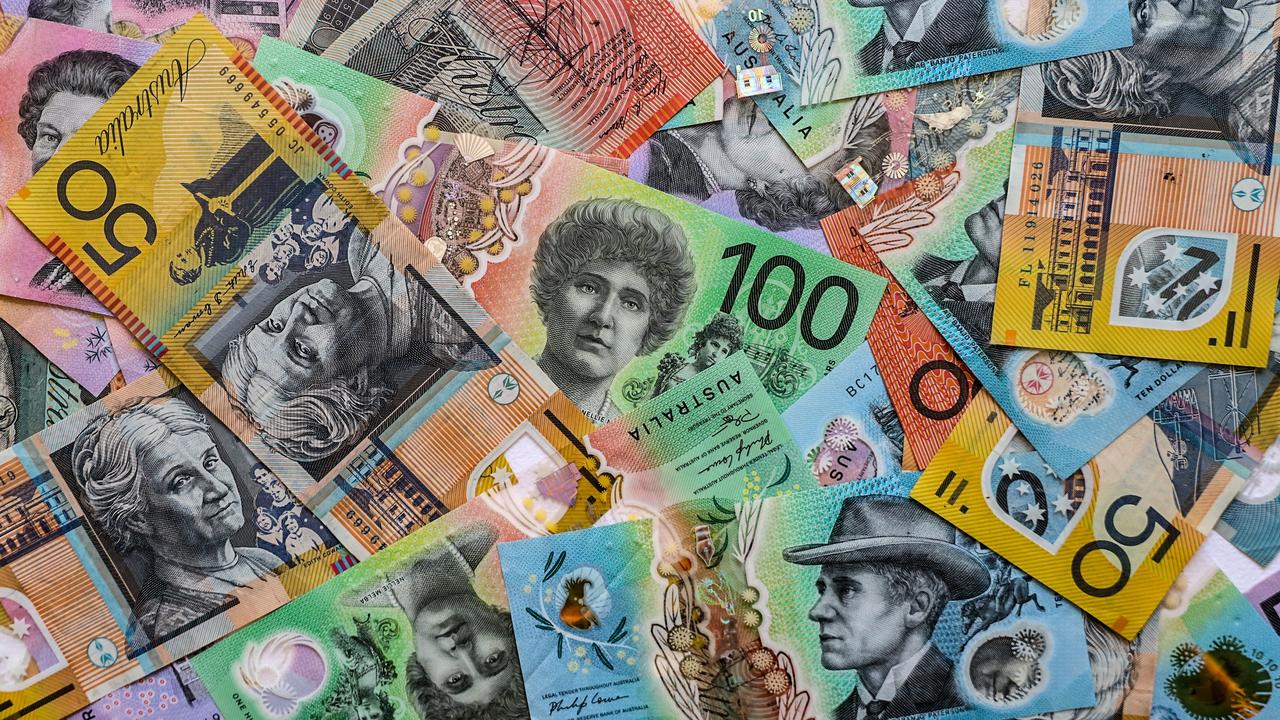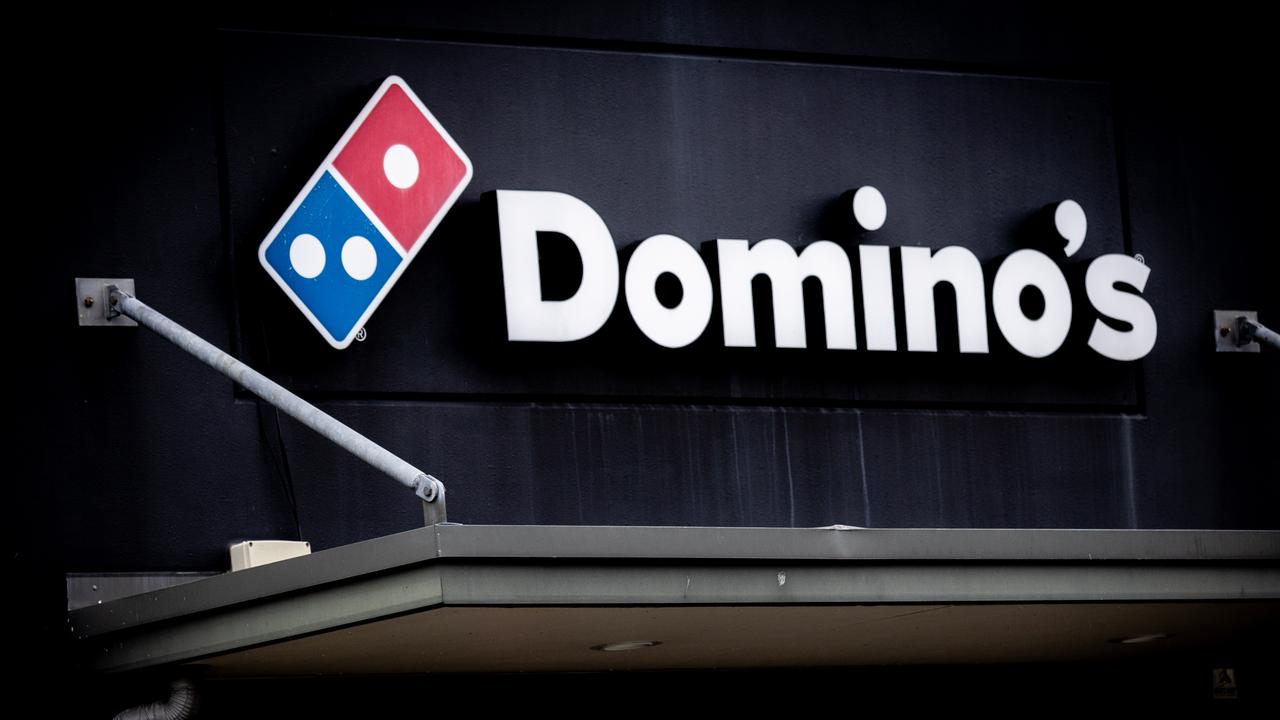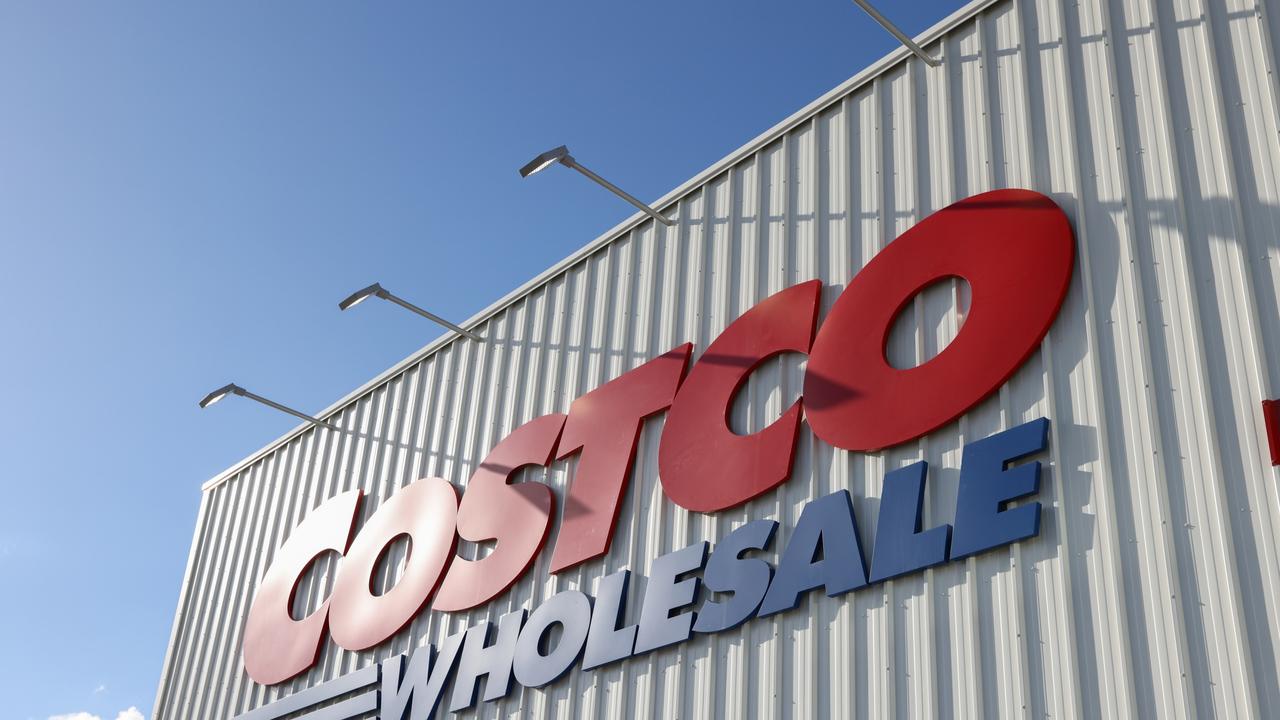Boxing Day sales tipped to record $23.9bn spend despite cost-of-living crunch
Shoppers are anticipated to indulge in an eye-watering spending spree this Boxing Day, but one retail category will still feel the pinch.
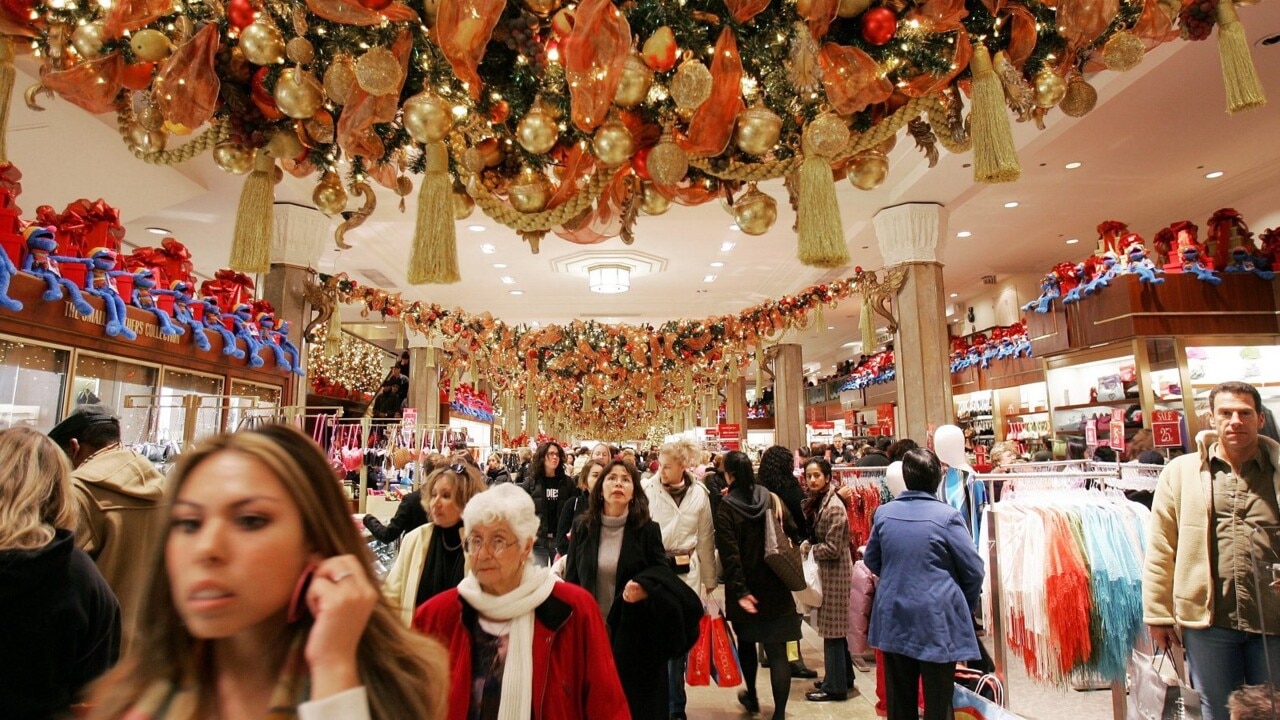
Retail
Don't miss out on the headlines from Retail. Followed categories will be added to My News.
Shoppers are set to splurge $23.9bn at this year’s Boxing Day sales, yet continued cost-of-living pressures are prompting many to cut back on gift giving and holiday spending, spelling challenging conditions for retailers.
Fresh forecasts, released by the Australian Retailers Association (ARA) on Saturday, showed post-Christmas spending up to January 15 was expected to rise by about $400m compared with last year.
Department stores are predicted to experience the greatest growth – up 4.8 per cent. Other segments of the retail industry expected to record sales growth include clothing, up 3.4 per cent, and food retailing, up 2.8 per cent.
But as consumers tighten their belts, spending at cafes, bars and restaurants is set to plunge by 3.3 per cent, down $116m.

ARA chief executive and former David Jones boss Paul Zahra said the upcoming Boxing Day sales were likely to deliver promising results for retailers despite tough economic conditions.
“Shoppers can expect enticing bargains as retailers move to clear stock – especially if they haven’t traded to expectations throughout the Christmas period,” he said.
Mr Zahra added that the pressures on household budgets meant shoppers were prepared to purchase if they could source a bargain.
“Black Friday and Cyber Monday weekend demonstrated that shoppers will still spend if they feel that they’re getting a great deal – and the sentiment towards the Boxing Day sales will be similar,” Mr Zahra said.
But separate analysis released by ANZ suggested that non-food retail spending had been soft in the first half of December, suggesting that the Black Friday jump in spending, where Australians spent in excess of $9bn, represented a shift, rather than an overall increase, in purchases.

While the analysis didn’t account for the week leading up to Christmas Day, which is key in the retail trading calendar, ANZ senior economist Adelaide Timbrell said there was no indication of a last-minute spending boom.
“Households have faced higher interest rates, higher tax payments through bracket creep and higher prices due to inflation over 2023. This has led to a fall in aggregate discretionary consumption as seen through national accounts data, retail sales and our ANZ-observed spending data,” Ms Timbrell said.
“There has also been a shift to discretionary services spending and away from goods, which has hit the retail sector disproportionately.”
Household budgets would continue to be constrained in the new year, Ms Timbrell said; however, a combination of the stage 3 tax cuts from July, lower inflation and an easing in interest rates, due in the December quarter, would improve conditions in the second half.
“This will offset some of the negative impacts on real household incomes seen through 2023,” she said.
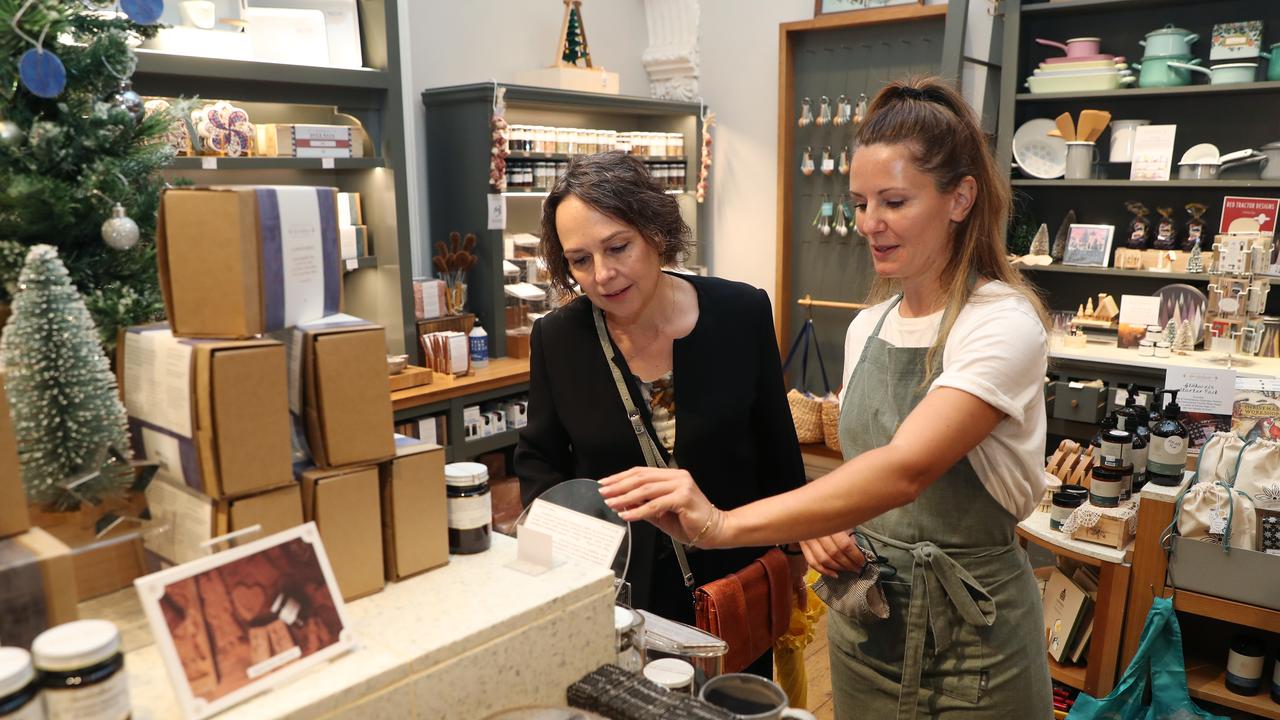
With the majority of retailers generating the lion’s share of their profits during the end-of-year trading, a poor showing during the all-important sales period could spell cash flow or inventory challenges and, in some cases, even collapse, particularly for small businesses.
According to the NAB’s latest retail spending insights data, six in 10 Australians were reining in spending this Christmas due to a rise in the cost of living.
Affected shoppers were trading down on brands or products, cashing in loyalty points or shopping earlier to take advantage of discounting.
NAB personal banking executive Kylie Young said Australians were trying to squeeze more out of their Christmas spend to get around the cost-of-living crunch this festive season.
“With living costs remaining high, Australians have become laser focused on seeking out bargains and discounts,” she said.
“Black Friday and Cyber Monday are great examples of budgeting in action and, even though Australians spent $1.6bn extra during these sales this year, it shows they planned ahead and took advantage of bargains.”
Originally published as Boxing Day sales tipped to record $23.9bn spend despite cost-of-living crunch


